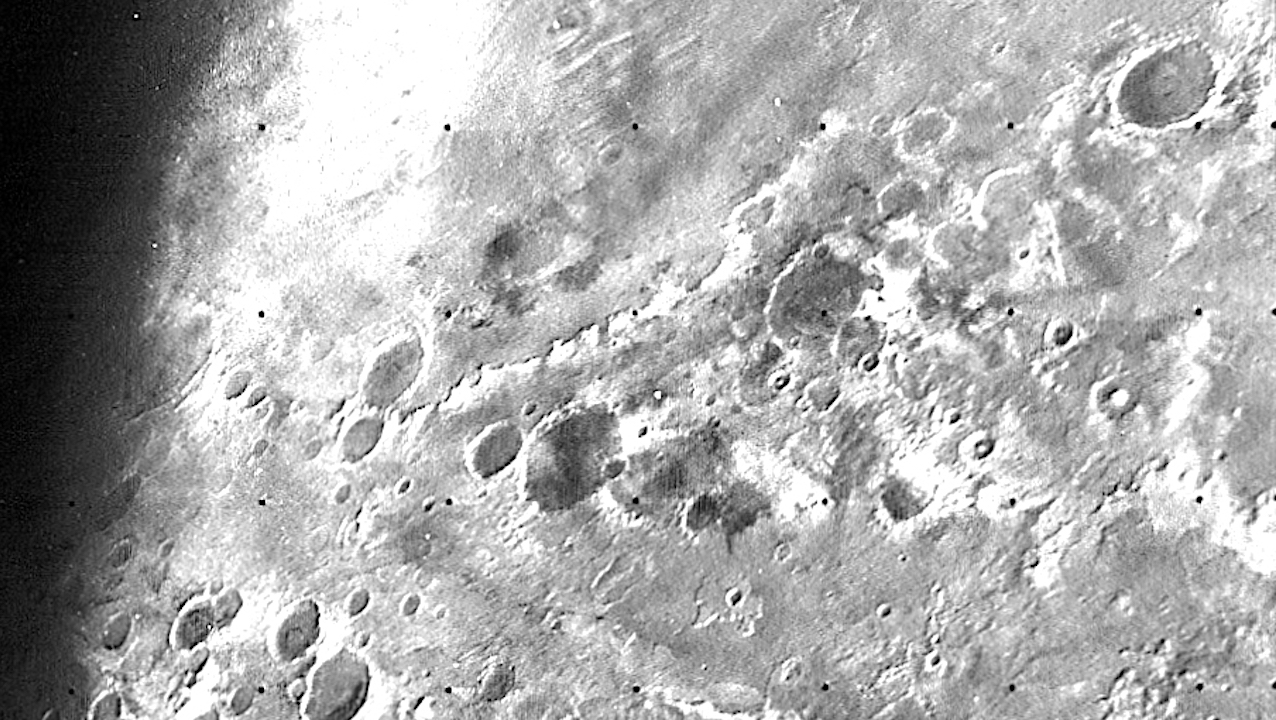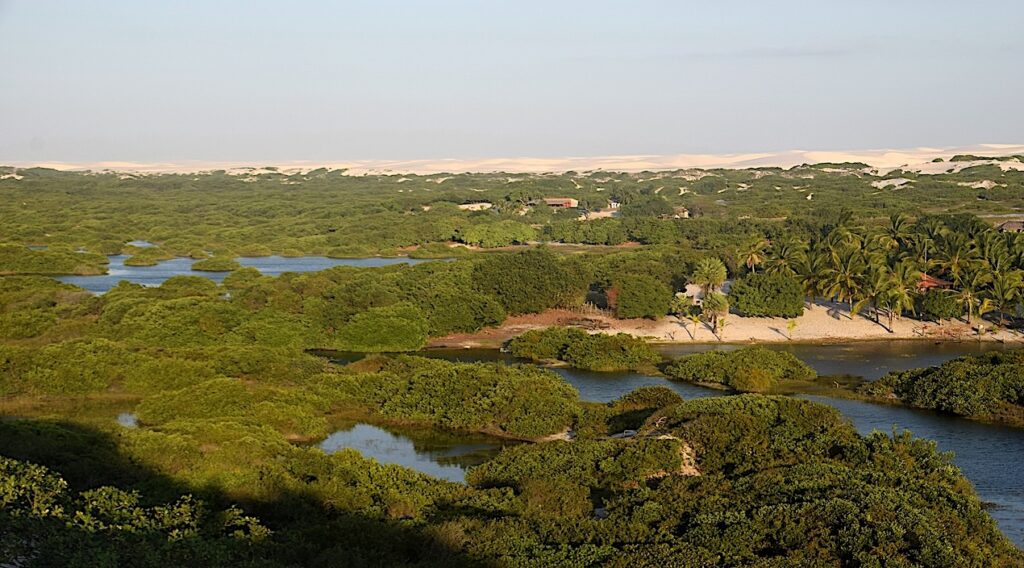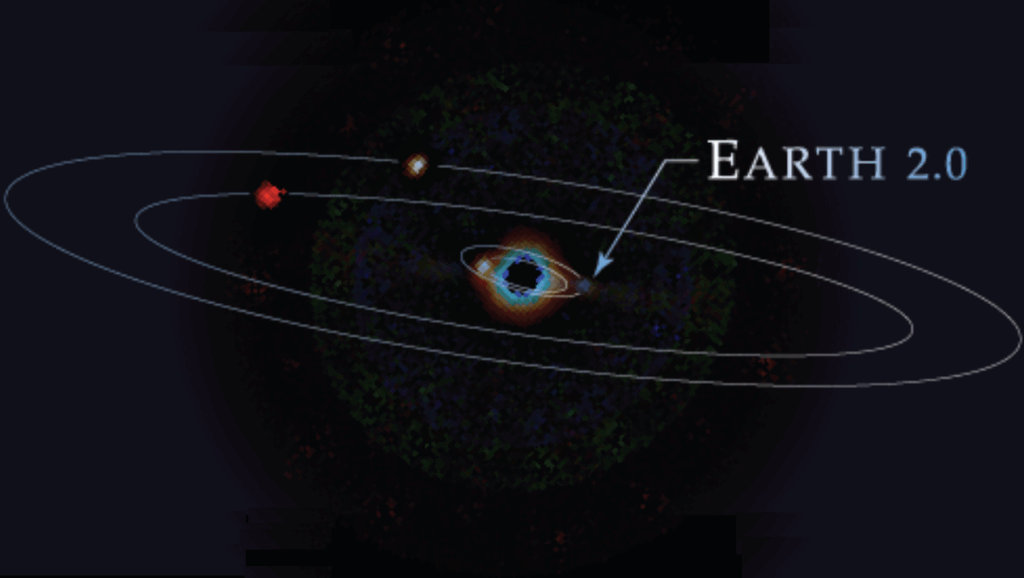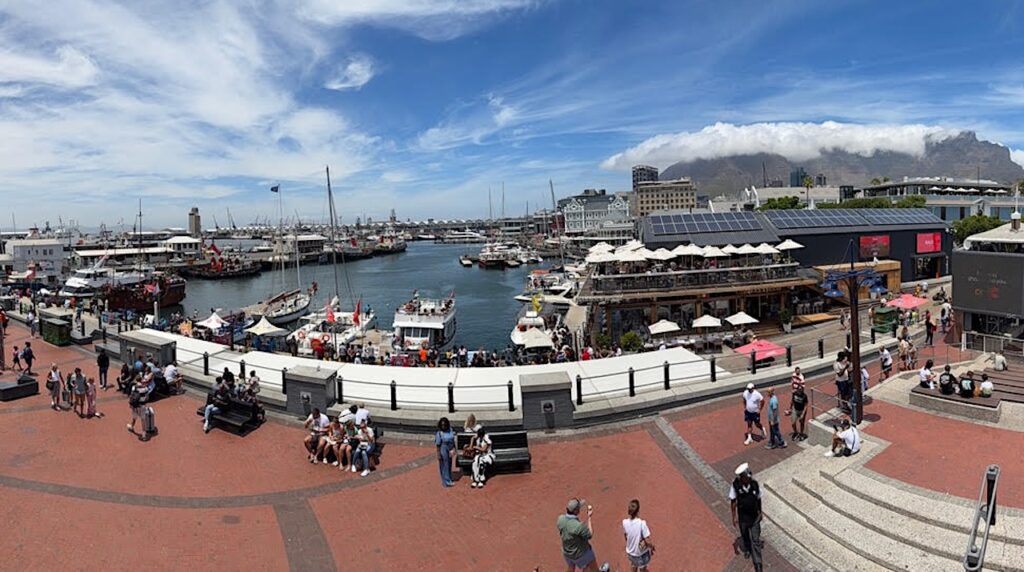Prospects For Martian Life

If there is life on Mars, it may be a microbial form no more complex than blue-green algae, according to Dr. Roy E. Cameron, head of the Jet Propulsion Laboratory’s Soil Science group.
“The best we can hope for on Mars, it now appears, is that micro-organisms exist,” Cameron told a Caltech Lecture Series audience last night (Monday). “Bacteria and blue-green algae have been found on every Earth desert we have explored, including the Antarctic ice desert.”
The 1969 photographs of Mars taken by JPL’s Mariners VI and VII revealed a bleak planet with an atmosphere apparently hostile to life. Close-up pictures from the 1971 Mars orbiter spacecraft may provide more data, but the answer probably will depend on unmanned landings later in the decade.
While conceding the prospects for Martian life are “not too encouraging,” Cameron said that “the most likely spot for it would be around the edge of the south polar cap or below the soil surface.”
Cameron, who has made four exploratory trips to Antarctica, has found microbes live in the frozen soil there, as well as in the Atacama Desert in Chile, the Moroccan Sahara, and the harshest areas of southwestern deserts in the United States.
“Antarctica affords an approach to a possible model of Martian ecology,” the speaker told the Beckman Auditorium audience. “Mars is an extreme kind of desert, and so is Antarctica, with its barren, windswept valleys, mountains, and extremely low temperatures and precipitation.
Since 1961, Cameron and his aides have collected nearly 20 tons–five tons from Antarctica alone–of Earth’s desert soils for the JPL Soil Science laboratory. This collection, believed the largest of its kind in the world, has been sampled for testing and culturing, with a view to developing life-detection techniques on Mars.
The soil science explorations have been sponsored mainly by the National Aeronautics and Space Administration, for which Caltech operates JPL. Other sponsoring agencies include the Office of Polar Programs of the National Science Foundation, the Smithsonian Institution, and the International Biological Program.
Cameron hopes to receive lunar samples this year from Apollo astronaut diggings and inject Antarctic microbes into Moon soil to see if they can grow in it. This could provide further insight into what might live on Mars, whichuced by the JPL research Martian conditions.
These same organic compounds are also believed to have been precursors to biological molecules on the primitive Earth.
The three researchers published their findings in the March issue of the Proceedings of the National Academy of Sciences. The experiments have been a continuing project of the JPL Bioscience Section which Horowitz formerly headed. He is a professor and executive officer of the Caltech biology division and continues to take an active interest in exobiology, life in space.
“This is the most favorable indication for a possible Martian biological evolution that we have had in the last five years,” Horowitz adds. “There are still many uncertainties, however, which won’t be resolved until we land on the planet.”
Hopes for Martian life had been reduced by a bleak pictures of the planet taken by Mariners 4, 6, and 7. The next spacecraft to Mars will be the twin Mariner orbiters, which JPL will launch in May for the National Aeronautics and Space Administration. They will orbit and study Mars at close range for three months beginning in November.
The first proposed lander on Mars is NASA’s 1975 Viking Project. NASA sponsored the JPL Mars-simulation research.
The tests were made with soil or pulverized glass in a gas mixture of 97% carbon dioxide, with added carbon monoxide and water vapor to simulate the Martian atmosphere indicated by Mariner 6 and 7 scientific findings. The ultraviolet radiation approximated the amount striking the surface of Mars, as measured by the two spacecraft in 1969.
The JPL researchers reported that ultraviolet rays of longer than 2000 angstroms in wavelength produced organic com- pounds in the surface or just beneath the surface of the soil, or crushed glass. Previously it was believed that ultraviolet rays of this wavelength would be incapable of producing such compounds.
“It would appear that radiation over a broad range below 3,000 angstroms can cause organic formation,” the authors said in their paper. The ultraviolet reaching the surface of Mars is above 1,950 angstroms. All shorter wavelengths are believed absorbed by the heavy carbon dioxide content of the Martian atmosphere. (An angstrom is 1/10 millionth of one millimeter).
“Our findings suggest that ultraviolet presently reaching the Martian surface may be producing organic matter,” their report continues. “The rates of production would be limited by the low partial pressures of carbon monoxide and water in the Martian atmosphere, but the amount of product formed could be considerable over geological time.”
The experimenters said formaledehyde and acetaldehyde are “important starting materials for the synthesis of a variety of organic compounds, including sugars.”
The fine soil and powdered vycor glass samples were sterilized by baking at high temperatures before being used in the tests. The ultraviolet sources were a high-pressure xenon lamp and a low-pressure mercury lamp.
Longer irradiation produced a larger conversion of carbon monoxide to carbon dioxide and organic products, the investigators reported. Reducing the amount of water vapor on the surface material reduced the organic accumulation. The investigators propose that carbon monoxide and water vapor are absorbed by soil particles, where they react under the influence of ultraviolet light.
Astrobiology, exobiology,








